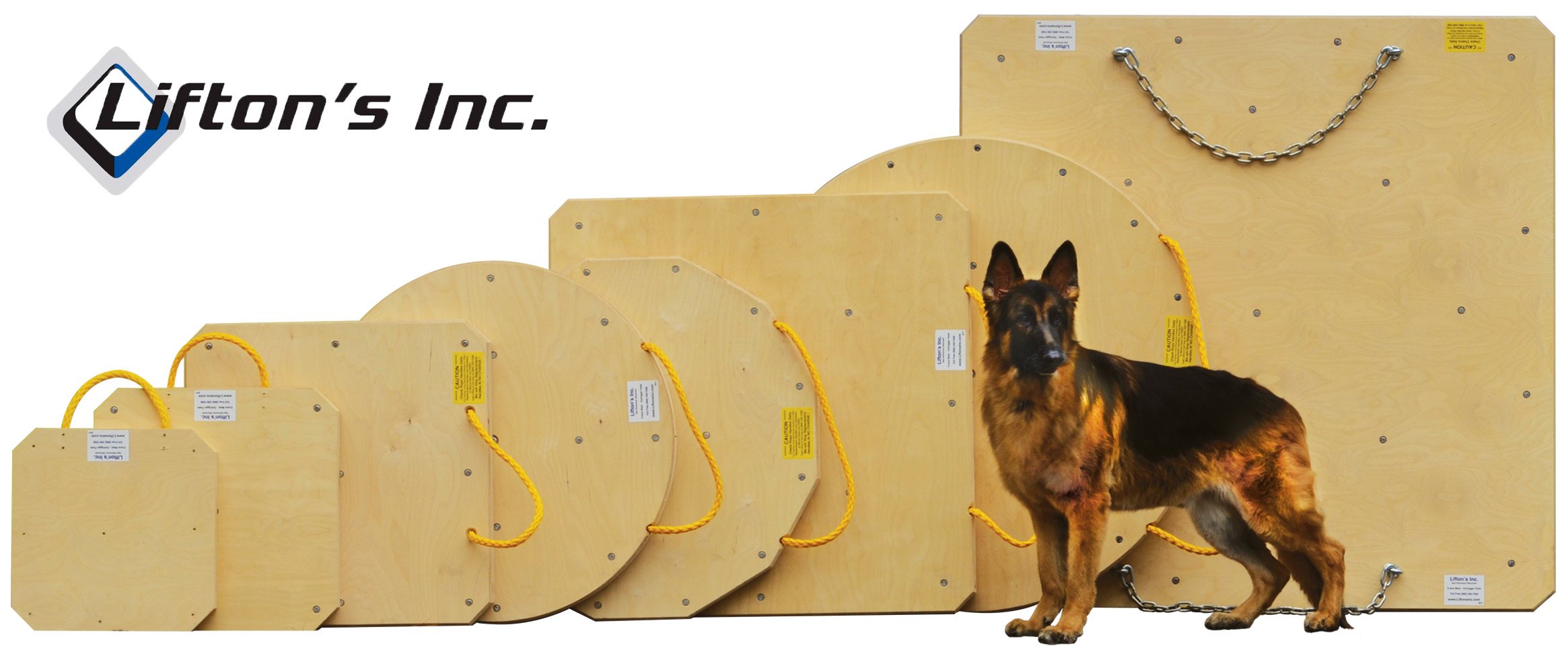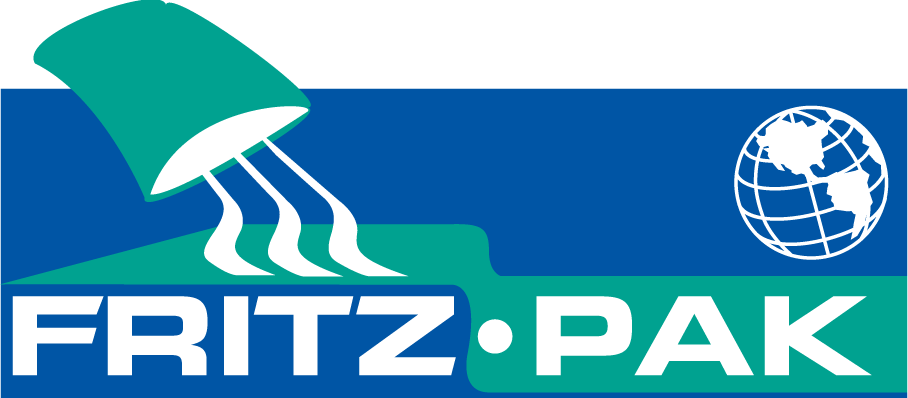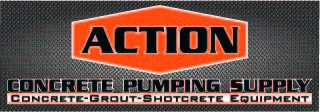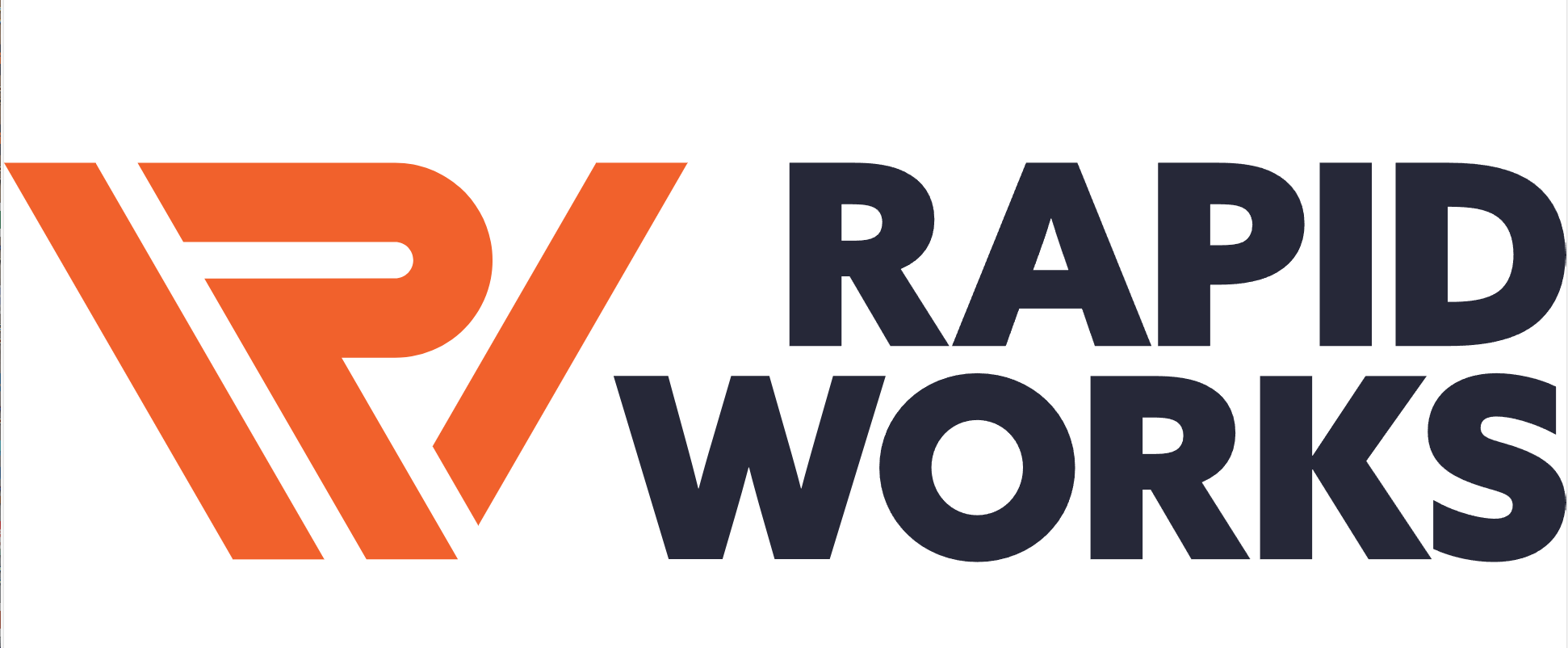| MarkJW | 04-10-2009 | comment profile send pm notify |
|
Hi guys.
I wonder if you can help me out.
First, some background, I am an environmental consultant with some upcoming projects involving asbestos abatement in some large (5,000 to 12,000 square foot) crawl spaces. Typically in these spaces, asbestos abatement consists more of picking up the pipe and duct insulation debris up out of the dirt than actually removing it from the pipes. In any case, after removing all the gross insulation debris, the top layers of loose dirt, and all the other crap (wood planks, old desks, scrap metal, booze bottles, etc) the abatement contractor will apply a penetrating lockdown encapsulant to the soil surface. This is done because it is impossible to remove all the asbestos that has settled and has been worked into the dirt over time.
There are a few issues with this process. The encapsulant can be fairly expensive when it is applied in accordance with directions, it is difficult to judge the thoroughness and effectiveness of the encapsulation coverage, and the encapsulated soil is still vulnerable to disturbance through normal maintenance activities.
What I am trying to do now is to determine the feasibility and costs of installing a mud slab over the soils as an alternative.
The constraints involved include the following.
1)Limited or difficult access to the space from the exterior of the building.
2)The dirt floors are rarely flat and level.
3)Most of the spaces are dry, but some have experienced past water issues (generally because of leaking pipes, which is why we are going in the spaces in the first place, to replace the piping systems.)
4)It's a crawl space with 4' to 5' clearance and numerous pipes crossing the space.
Assuming a 2†to 3†thick application, what would be a good cost estimate for this?
|
||
| Many | 04-10-2009 | reply profile send pm notify |
|
mmm,nothing wrote in stone.I know here in Colorado they have been pouring concrete over plastic in crawl spaces for a few years now. @ 4" you get 80 sq ft coverage x sq ft = ? There was an excellent thread about the use of flowfill,can you use that over plastic? It will encapsulate the surface area at 50-60% less cost. http://concretepumping.com/index.php?mode=newboard&act=topic&tid=5145 |
||
| rick5z | 04-10-2009 | reply profile send pm notify |
|
two words mark flowable fill |
||
| TooTall | 04-10-2009 | reply profile send pm notify |
|
Hi Mark, Flowable fill is also called CDF (control density fill) and is sometimes called "lean mix" because of the low cement ratio. I'd suggest calling your local redimix supplier and getting a per cubic yard price for their CDF/flowable fill, Be sure to tell them that you need a "pumpable" mix. At an average 2" to 3" thick, one cubic yard will cover aprox 140 square feet of area. Divide your total square feet by 140 and this will give you a yardage estimate. I always add at least one yard to that estimate for yield that's left in the pump and variable subgrade etc. Lets say you come up with a figure of 8.7? It will be more efficient to order one full load which is usually 10 cu.yds. it's better to have a little extra than having to wait for a balance load and paying for pump time. You will need a line pump, these mixes can usually be pumped through 2" or 2 1/2" hose to just about anywhere. In order to be pumped without any problems you can expect the flowfill to be very wet! In my area our line pumps have a 3 hr minimum plus yardage and travel charges, it would cost between five & six hundred dollars if it was done within the 3 hrs. The pump will require an area to clean out and sometimes it's good to have a water source available since the mix requires alot of water to mke it "pumpable". |
||
| MarkJW | 04-14-2009 | reply profile send pm notify |
|
Thanks for the help. If it's really wet, won't it slump and flow down to the low areas? like I said, not al of these crawls are perfectly flat. |
||
| Many | 04-15-2009 | reply profile send pm notify |
|
Mark,and better question would be getting with a batch plant your familar with.We pumped what they called a heavy mix (about 10,000 yards) encasing fuel depot lines at the then new DIA airport. What's the worst that could happen? A cheaper mix alturnitive.Here in the Denver area a normal 3,000 lb mix is about $100 a yard.
|
||











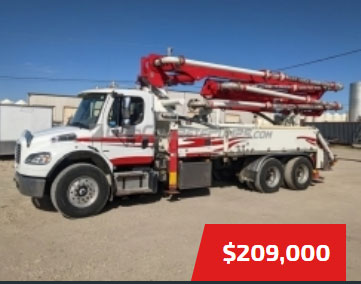




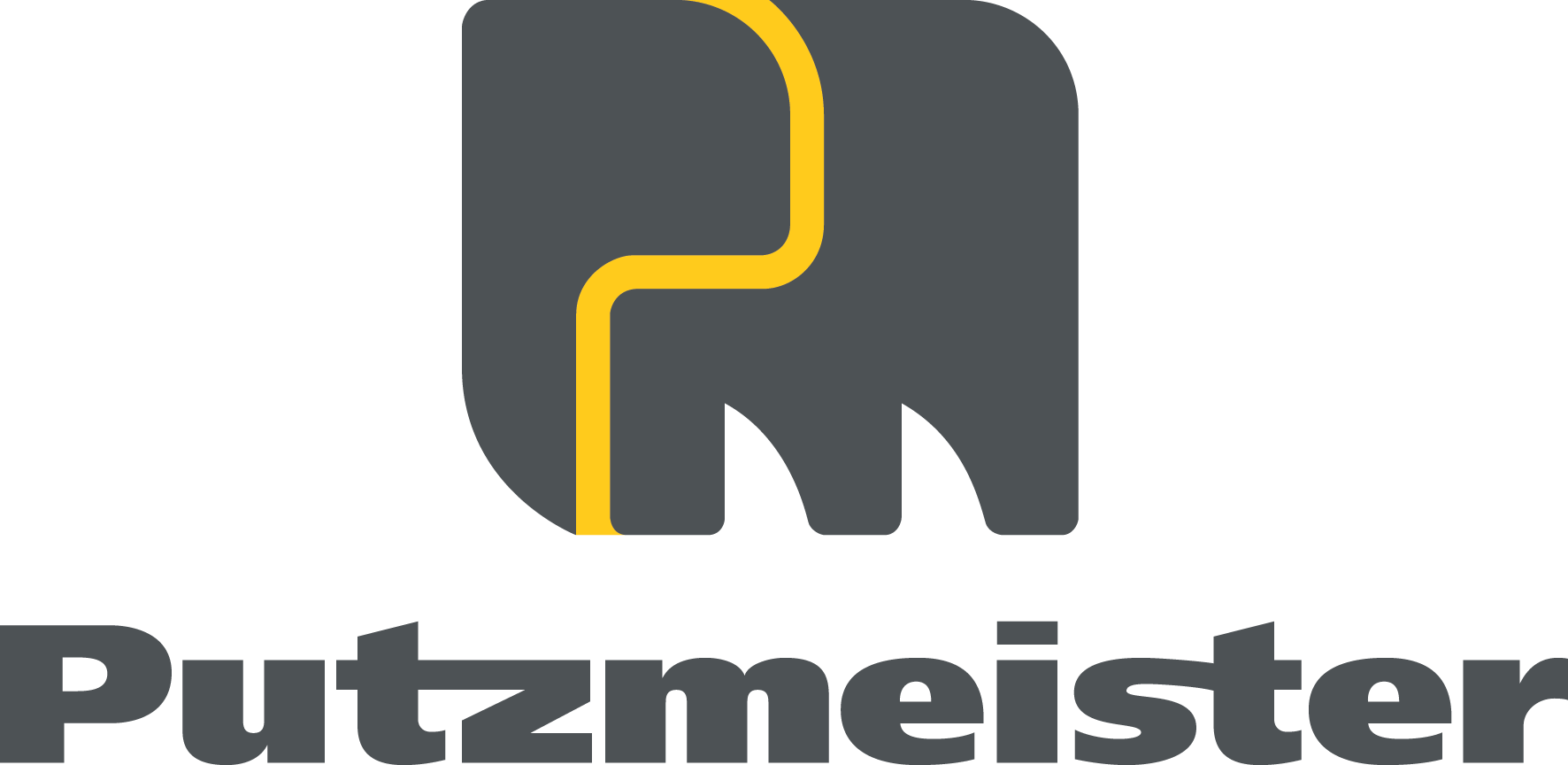



.jpg)
.gif)

.jpg)









.jpg)
